Exciting news coming down the pipeline. Announced at Cartoon Network’s Annual Advertising Upfront Presentation and confirmed by DC Comics’ Official Blog, The Source, Cartoon Network and Warner Bros. Animation will be bringing “Young Justice” to the small screen for their 2010 Cartoon Line-Up.
The show is described as:
In Young Justice, being a teenager means proving yourself over and over—to peers, parents, teachers, mentors and, ultimately, to yourself. But what if you’re not just a normal teenager? What if you’re a teenage super hero? Are you ready to join the ranks of the great heroes and prove you’re worthy of the Justice League? That’s exactly what the members of Young Justice—Robin, Aqualad, Kid Flash, Superboy, Miss Martian and Artemis—will found out, whether they have what it takes to be a proven hero. This all-new series is produced by Warner Bros. Animation and based upon characters from DC Comics. Sam Register (Teen Titans, Ben 10, Batman: The Brave and the Bold) is the executive producer. Brandon Vietti (Batman: Under the Red Hood, Superman Doomsday, The Batman) and Greg Weisman (Gargoyles, The Spectacular Spider-Man, W.I.T.C.H.) are the producers.
Not a bad little combination although very little reminds me of the Young Justice that I remember and loved. Not only with the presence of Aqualad but also with him randomly being Afro-Atlantean. I guess from a young african-american kids perspective it’s nice to be able to relate to characters, but you should have just thrown Static in there or something. But on the plus side this hopefully means that we will be seeing tons of different versions of Kid Flash action figures. Which will hopefully make up for never getting a Teen Titans one. Not surprised to see Sam Register on this instead of Bruce Timm, as Register is red hot on the TV animation scene, while Timm’s focus has been on the DC Animated Movie front for some time. I’m definitely hoping they tone down the animation this time around though. Teen Titans was almost obnoxious at times. But I guess it’s apples and oranges.
This is the first promotional picture released.
The design for Kid Flash looks a little busy with the random padding and armor look, but I guess it makes a little sense. The goggles I actually kind of like. They are practical for a speedster and a nice little nod to Impulse, although the red hair makes me think this might be Wally like in the Teen Titans cartoon. They may end up avoiding the secret identity thing completely though. It’s anyone’s guess. I wish they would have kept Bart’s original boots though. They would look great visually, especially with the new pseudo-armor look they have going for him. Robin, Miss Martian and Superboy barely sport any differences from their comic book counterparts. Except for Superboy’s random cargo pants tucked into his boots. Arrowette now known as Artemis (are they trying to go for a dual association with Green Arrow and Wonder Woman maybe?) looks kind of fugly as far as the suit goes. I have no more words for Spike…er Aqualad. Except for “Ugh”.
By the way, did I miss an announcement or something? I was pretty sure that DC wasn’t allowed to use the Superboy name in anything while the legal stuff was being sorted out. For those that have been living under a rock for the past few years, DC Comics was sued by the estate of Jerry Siegel over the rightful ownership of the Superboy character. Honestly I haven’t been following the case that closely myself since I really don’t have that much invested in the character. Especially now. Something obviously must have changed though, with the recent return of Conner to comics and now his inclusion in “Young Justice”
Needless to say I’m anxiously awaiting this series and any announcements as far as action figures go especially. We will keep you posted.

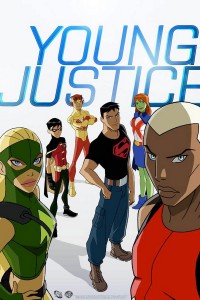
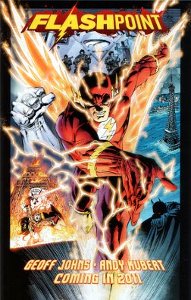 Bleeding Cool managed to get a little bit more out of Andy Kubert about Flashpoint:
Bleeding Cool managed to get a little bit more out of Andy Kubert about Flashpoint: 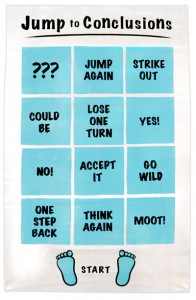
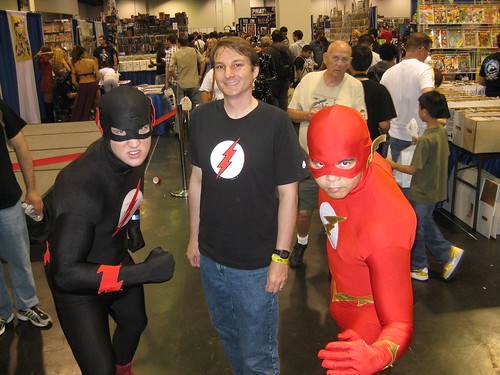
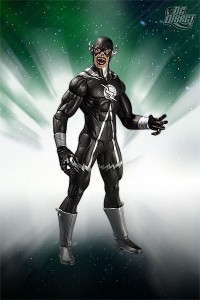
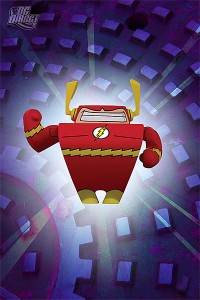
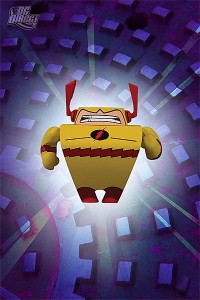
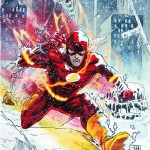 DC has been really cagey with Flash news lately, since the new direction is just getting started, but they’ve let a few hints slip at C2E2. Here’s a round-up from Newsarama and CBR’s coverage of the event.
DC has been really cagey with Flash news lately, since the new direction is just getting started, but they’ve let a few hints slip at C2E2. Here’s a round-up from Newsarama and CBR’s coverage of the event.